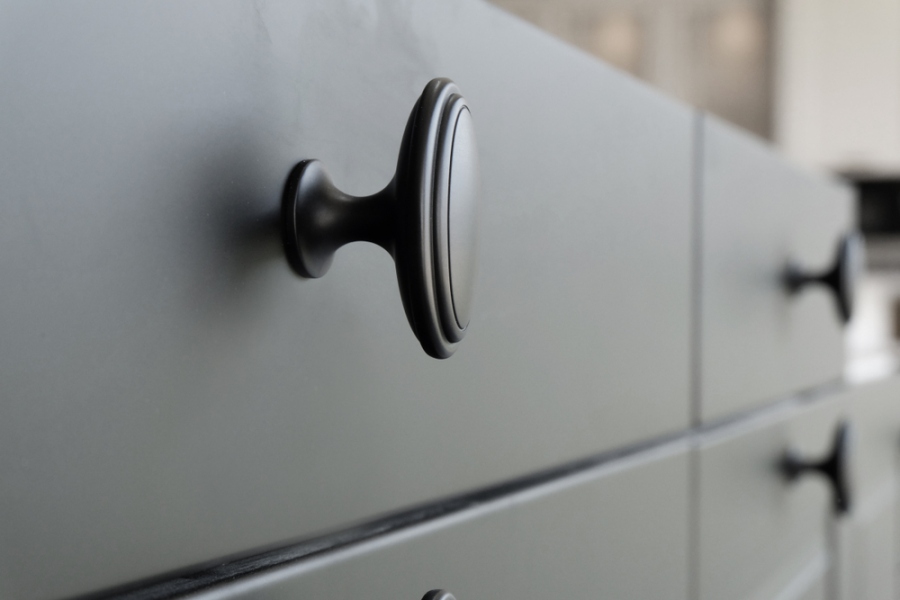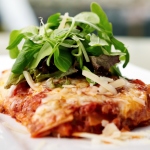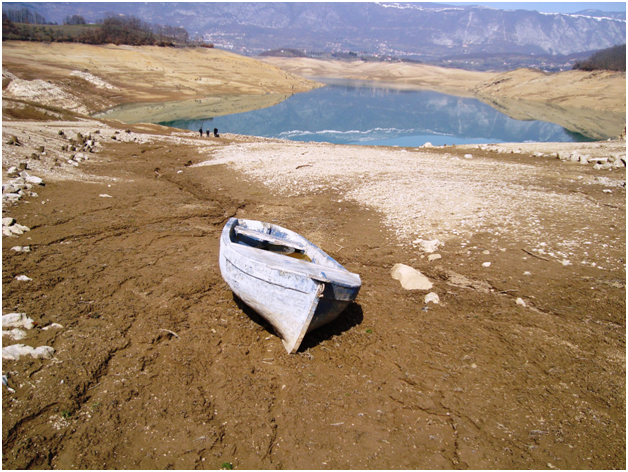If you are looking for tips on saving money on painting kitchen cabinets, there are a few things you can do to do this. You can learn about the different types of paints, how to prepare your cabinetry for a new coat of paint, and how to protect your cabinets and finish.
Cost of Hiring a Professional
Painting kitchen cabinets is an easy and cost-effective way to upgrade your kitchen. But how much do professional painters charge? It depends on the complexity and size of the job.
Professional painters charge by linear foot, but they may also charge by the number of drawers, cabinet boxes, or cabinet faces. They usually paint two top coats of paint on each cabinet door. This is to ensure a smooth layer.
Costs can vary a lot depending on the quality of the paint. For example, extra glossy paint may cost more than flat paint.
The cost of painting kitchen cabinets is typically around $382 to $1064. To paint your cabinets, you must buy paint, primer, masking tape, and cleanup supplies. However, if you hire a professional to do the work, your total costs will be lower.
The quality of the paint can influence the costs of cabinet painting. In addition, the overall complexity of the project, including the amount of detailed work required, can affect the cost.
The amount of paint used on kitchen cabinets is also an important factor. Cabinets in rough shape are likely to require more paint than those in pristine condition. To save on prep work, you can use spray paint.

Paints for Kitchen Cabinets
If you plan to paint your kitchen cabinets, you should be sure you have the right paint to make your project successful. The good news is there are plenty of choices available to you.
There are three main types of the cabinet paint. These are oil-based, water-based, and acrylic. You can find any of these in various finishes, including satin, semi-gloss, gloss, and eggshell.
Oil-based paints are a popular choice because they offer a durable finish. They are also easy to clean and do not dull the surface of your cabinets. However, there are some downsides to this type of paint. One problem is that they are difficult to apply over latex paint. Fortunately, you can avoid these problems by using a fast-drying primer.
On the other hand, water-based paints are much easier to clean and have fewer fumes. This makes them the ideal choice for areas with high humidity.
Some newer cabinet paints are a hybrid of the two types. They feature an adhesive formula that helps them adhere to the surface. In addition, these formulations are often less expensive and emit fewer fumes.
The best way to determine which paint you should use for your kitchen cabinets is to consult a professional. They can help you choose the right colors and the best methods to get the job done.
If you have the time and resources, sanding your cabinets down is the most effective way to achieve a lighter color. Using a brush instead of a roller will also make the job quicker. Sanding is especially helpful if your cabinets are factory finished.
Another thing to consider is what kind of primer you should use. While a primer may not have the same effect as the paint, it will help ensure a smooth, even finish.
Preparing Your Cabinets for New Paint
If you’re planning on painting your kitchen cabinets, you’ll need to prep the cabinets first. The proper preparation can help your new paint last longer and look good. The first step in preparing your cabinets is to strip and clean them. You can use a sponge or paper to remove old clear coat finishes.
Once your surfaces are prepared, you can choose your paint. There are some options for the kitchen, including paints with high gloss. For a smooth finish, you’ll need to sand between coats.
When choosing your cabinet paint, you’ll need to ensure it’s suitable for the wood and metal. It’s also important to pick a fast-drying primer. This will speed up your project.
Depending on your budget, you might opt for high-gloss paint. Eggshell or satin finishes are less expensive. Water-based acrylic paint is an ideal choice for high-moisture areas. It’s also water-resistant and does not have a chemical smell.
Protecting Your Cabinetry Finish
When painting kitchen cabinets, you need to protect the finish. This will ensure that the paint sticks to the surface and provides a smooth finish. The best way to do this is to apply a primer. A high-quality primer will make sure that the finished painting job is perfect.
Painting cabinets requires sanding and degreasing the cabinet before the primer can be applied. To achieve a smooth finish, you must use premium paint brushes.
To prepare your kitchen cabinets for painting, it is a good idea to test out the new color you want to use. The first coat should be painted in the direction of the wood grain. Allow the first coat to dry for at least 24 hours before moving on to the next.
Before you begin painting your cabinets, it is important to have a table set up to work on. A sturdy, level work table is essential for a successful painting project. You will also need to wear protective clothing.
Decorative Cabinet Hardware
Decorative cabinet hardware is an easy and inexpensive way to add personality to your kitchen. You can find a wide range of designs and finishes to choose from. Some stores even offer discounts on hardware in bulk.
Kitchen cabinets are often painted to create a new look. Painting the cabinet can be a DIY project for some people while hiring a professional can be an option for others. If you decide to paint your kitchen cabinets, there are a few steps you need to take before you begin.
Painters tape is a great option for labeling cabinet parts. This method will help you identify the right screws and hinges when reattaching them.
When it comes to painting the doors, make sure you follow the manufacturer’s directions. It’s important to allow for plenty of drying time. Most paints will need a few days to cure.
After letting the paint dry, you can reattach the hardware. Remember to wait 48 hours for the hardware to dry completely. This will prevent scratching and ensure that the cabinet will cure properly.




